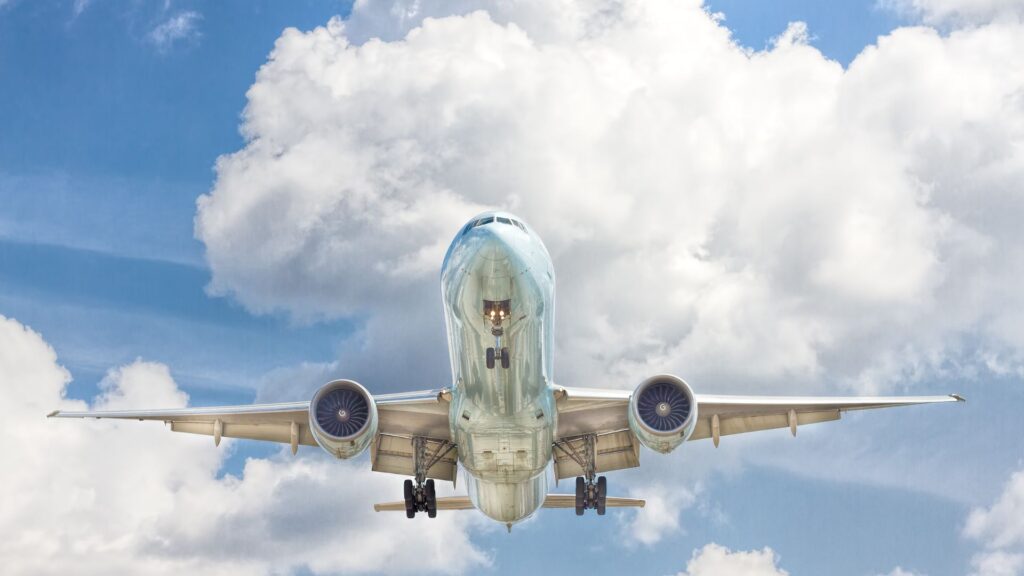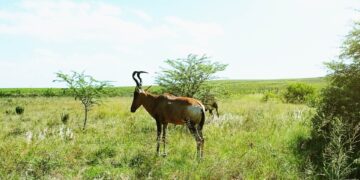The International Air Transport Association (IATA) says that profitability should be on the horizon for the global airline industry next year.

Airline industry to come out ahead
The global airline industry certainly took a solid beating in 2020 and it seems it is still playing catch up in terms of profitability this year. The International Air Transport Association (IATA) however, expects a return to profitability in 2023.
According to stats from Tourism Update, the industry is expected to show a small nett profit next year of US$4,7 billion – a 0,6% nett profit margin. This will be the first profit made since 2019, when nett profits were US$26,4 billion, a 3,1% nett profit margin.
ALSO READ: United Airlines Cape Town-US route to bring in big bucks for tourism
Willie Walsh, Director General at IATA, said that passenger numbers are expected to surpass the four billion mark for the first time since 2019.
“Resilience has been the hallmark for airlines in the COVID-19 crisis. As we look to 2023, the financial recovery will take shape with a first industry profit since 2019. That is a great achievement considering the scale of the financial and economic damage caused by government-imposed pandemic restrictions,” Walsh said.
“There is much more ground to cover to put the global industry on a solid financial footing. Many airlines are sufficiently profitable to attract the capital needed to drive the industry forward as it decarbonises. But many others are struggling for a variety of reasons. These include onerous regulations, high costs, inconsistent government policies, inefficient infrastructure and a value chain where the rewards of connecting the world are not equitably distributed,” Walsh added.
ALSO READ: Skytrax ranks the Top 20 airlines in the world
Stats also showed that by the end of this year, airline industry nett losses are expected to be around R120,39 billion, which is actually a marked improvement on the R169,24 billion loss for 2022 in IATA’s June outlook. This figure is also significantly better than the losses incurred in 2020 and 2021 at the height of the pandemic.




































































